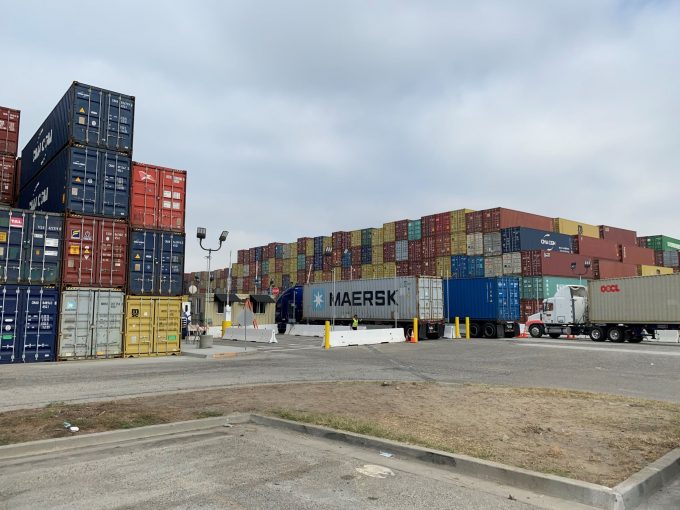News in Brief Podcast | Week 51 | Airfreight peak, management shuffles and automation impasse
In this episode of The Loadstar’s News in Brief Podcast, host and news reporter Charlotte Goldstone ...

Walmart has developed an empty space near the ports of Los Angeles and Long Beach into a pop-up container yard.
The aim is to store containers off dock and alleviate the pressure the ports have come under since import volumes rebounded so heavily last year.
“Check this out – this was an empty lot near the LA/LB ports just four weeks ago,” posted Walmart EVP supply chain operations Joe Metzger on social media, with a photo (see above).
“Now it processes over 500 ...
Amazon pushes into LTL for small package fulfilment and UPS does a u-turn
New senior management for DSV as it readies for DB Schenker takeover
Volumes set to 'fall off a cliff' as US firms hit the brakes on sourcing and bookings
Asian exporters scramble for ships and boxes to beat 90-day tariff pause
Temporary tariff relief brings on early transpacific peak season
'Tariff madness' will prompt renegotiation of ocean shipping contracts
Response to tariffs by Chinese importers may see extra costs for US shippers
Forwarders 'allowing the fox into the chicken run' by supporting 'hungry' carriers

Comment on this article